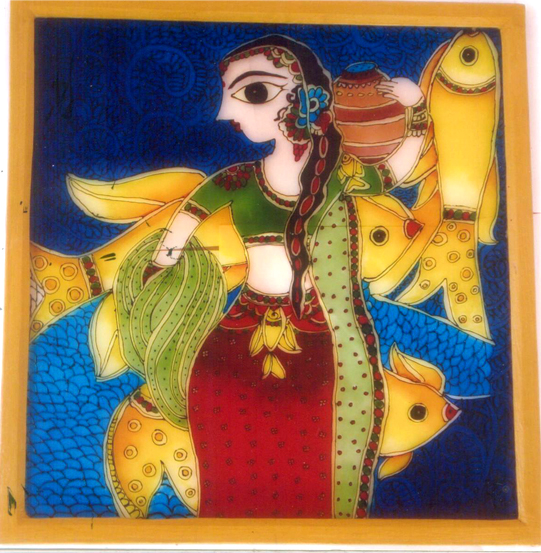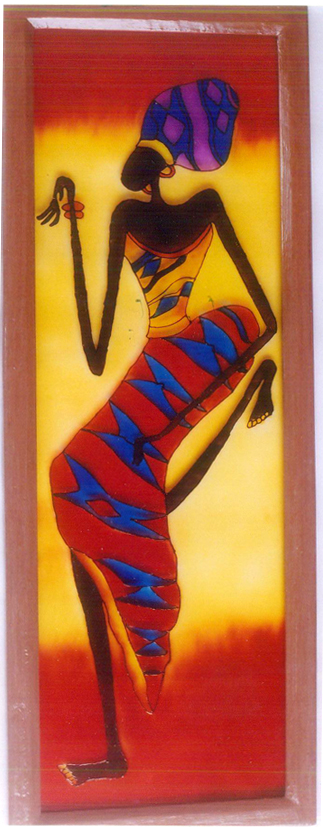he 5 C Approach of Stained Glass Window Making
Create or purchase a pattern for your stained glass windows.
You need: paper, pencil, copier, scissors OR preprinted pattern
If you decide to design your own stained glass windows, use a piece of paper that is the same size as the window you will be crafting. Beginners will do well to avoid drawing small pieces and instead opt for larger ones. Advanced crafters will enjoy the added level of difficulty small pieces present. Make a copy of the draft, and then use the copy to cut out the individual pieces, being careful to number them. On the original, place a corresponding number in the field that you cut out of the copy.
Carefully pick out the glass which you will use.
You need: sheets of colored glass, removable adhesive OR bits and pieces of waste glass, removable adhesive
Select the glass for your stained glass windows with an eye on color but also on thickness. If the glass is too thin, it will be brittle and may not withstand the pressure you put on it; if it is too thick, it will make your task unduly hard.
Place the portions of your pattern over the glass as desired; if you are working with bits and pieces of waste glass, it is important that no fissures or cracks are present that may enter into the design. Use the adhesive to place the pattern piece in place.
Cut the glass.
You need: glass cutter, glass grinder, pliers, emery paper
For beginners this is perhaps the most feared aspect of the process. The indicated shapes are cut out of the sheet glass with a glass cutter. Do not try to redo the cut if at first even if it looks like you might have kept a bit too much of the material in place. Instead, gently tap the finished shape out of the larger piece or use pliers to break off bits and pieces that do not come off even after repeated tapping.
Patience is the key when cutting glass for stained glass windows since haste will indeed make waste - usually in the form of fissures and cracks in the midst of a shape. A glass grinder will serve to remove imperfections or to gradually reduce the size of a cut that might have been too large. Ensure that the edges of the individual pieces are smoothed using emery paper.
Connect the pieces of your stained glass windows by leading.
You need: lead strips, cutter
As each piece of your soon to be stained glass windows is now smooth all the way around, you can lay out the pieces like a jigsaw puzzle. Since the numbers on them will correspond to the numbered original pattern, this should present no problem. Once the puzzle is complete and each piece is in place, remove the adhesive and paper carefully and discard.
Use thin strips of lead and very carefully fit one around each piece of glass. Remember that the thickness of these strips will show up in the finished work and you need to be clear ahead of time if you desire thick borders or next to invisible ones!
Complete the process by soldering the joints.
You need: soldering iron, rolls of solder
This is a crucial step in the creation of your stained glass windows and it requires a clear work surface that is not flammable. Using the soldering iron, heat the solder and connect the leaded pieces of glass by soldering the joints. While you do not want to rush, you do need to work quickly to prevent solder from hardening before the pieces are properly fitted.
When you are finished with one side, remember to turn your stained glass windows over and then solder the other side! This step is often missed by newbies and results in water damage and instability of the finished product. Additionally, remember to solder around the outside of the window itself to ensure that all pieces stay in place.
Once the process is finished, you may clean your window with a mild dish detergent and polish it for installation or display.
If you are enjoying reading this blog,Share it on Facebook, Twitter, Buzz or Reddit.











 The glass was imported in India from Britain and Belgium. Though India herself had a rich tradition of producing glass till the 16th century. However, the art became inferior in course of time.
The glass was imported in India from Britain and Belgium. Though India herself had a rich tradition of producing glass till the 16th century. However, the art became inferior in course of time. 





























